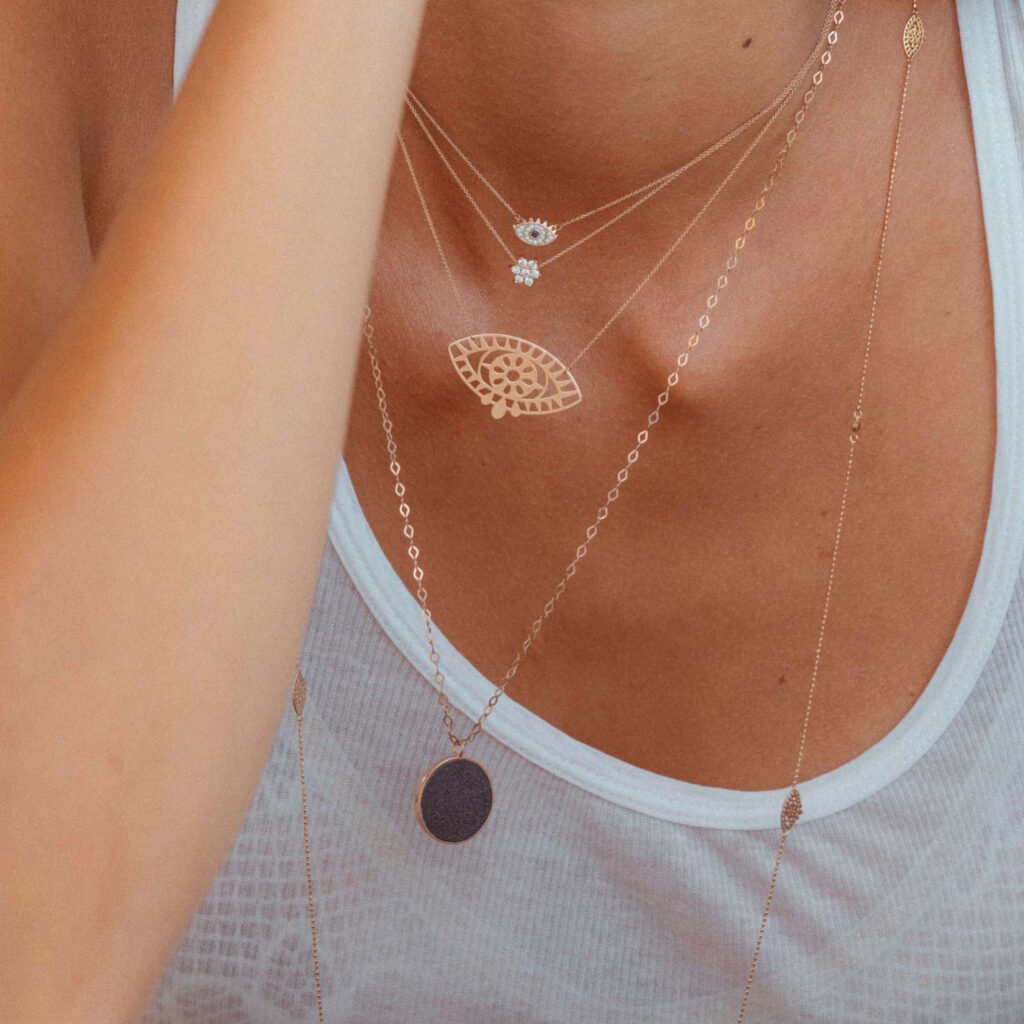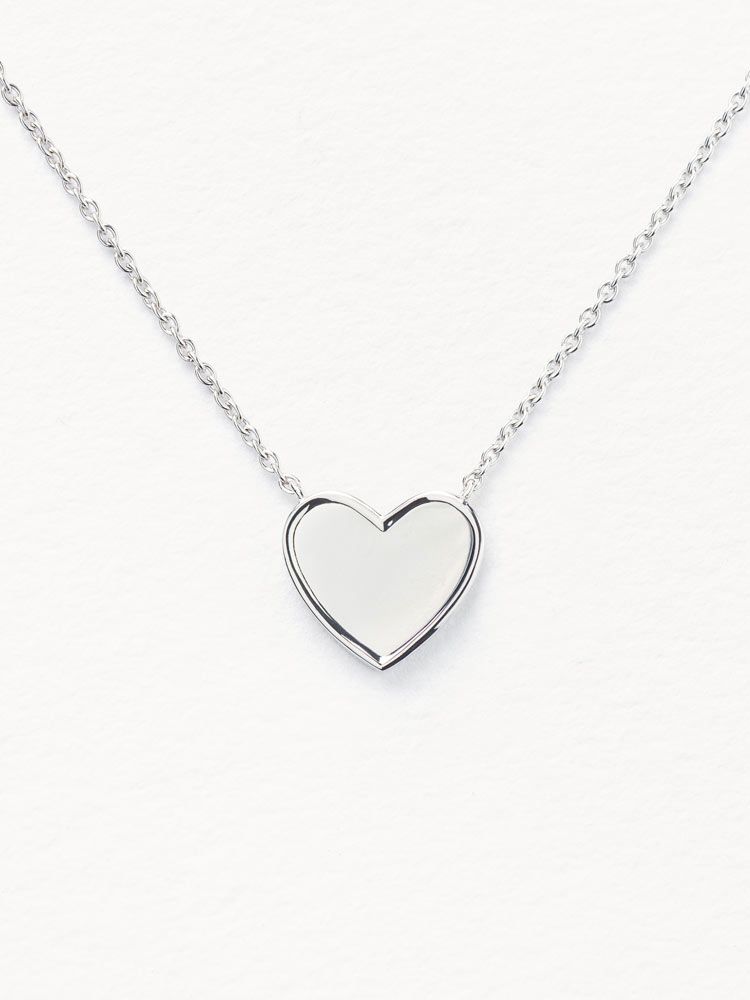In jewelry, setting is the process of attaching stones or diamonds to a piece of jewelry. This operation is performed by the gem setter. The setting (ring body, for example) acts as a fixative. The gem-setter adjusts the stones using a special tool: the fingernail.
The main jewelry setting techniques
The claw setting
The claw setting is the most commonly used method, particularly for solitaires, as it enhances the uncovered stone. The technique consists of clasping stones between several claws. Each claw carries the stone, then is folded over to hold it in place. Finally, they are bolted together with a bell cutter. The stone may be housed in a cradle topped by 2 to 8 claws, but most often the stones are set with 4 claws.
The invisible illusion setting
This setting technique is mainly used in jewelry on rings with calibrated stones (the princess cut). It consists of simulating stones with metal. The metal is then locally rhodium-plated to accentuate the effect.
Rail crimping
The stones are set between two parallel grooves. Square, round, oval and baguette-shaped gems are the most suitable for this resistant setting. This technique is also used on diamond wedding rings.
Closed setting
The closed setting consists of encircling the stone with a sheet of metal. The jeweler folds the metal all around the stone using a hammer, then cuts a small border called the "fillet". When the metal does not encircle the entire stone, the setting is referred to as half or semi-enclosed.
Grain setting (pavé)
Numerous small stones are held together by fine claws to create a "Pavé" effect. Tiny metal beads are used, resembling mini-claws. For small-diameter stones only, cutters (conical, flame or ball) are used. Finally, using a chisel, the setter removes the grains of metal that lock the stone to the feuilletis.

Mass setting
This setting technique is applied to a rounded surface. The stones are integrated into the metal mass, and the outer metal is hammered down. Stones with this type of setting are virtually flush with the metal.
Barrette setting
This technique allows several stones to be set side by side between two metal bars. The only drawback is that this type of setting reduces sizing options, and in particular shrinkage, since reducing the roundness of the ring necessarily loosens the bars and the stones risk falling out or becoming unanchored.
The tension ring
The stone is held at its ends by the pressure of the metal. This setting gives theimpression impression of a stone, floating between the rail.











